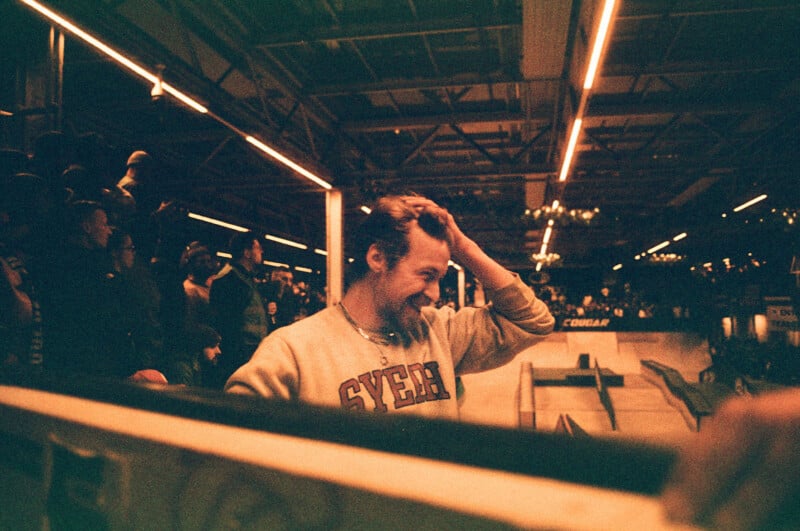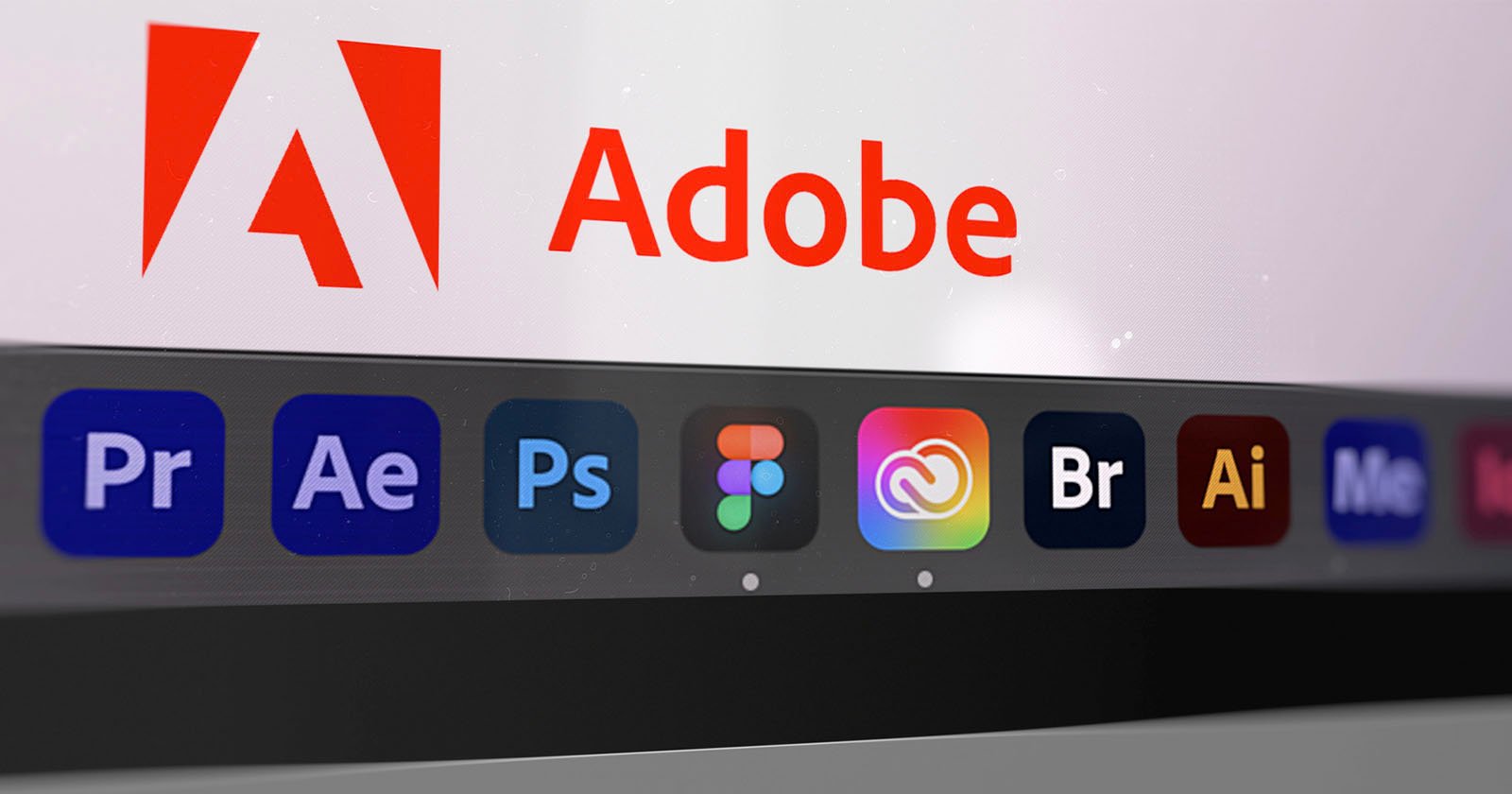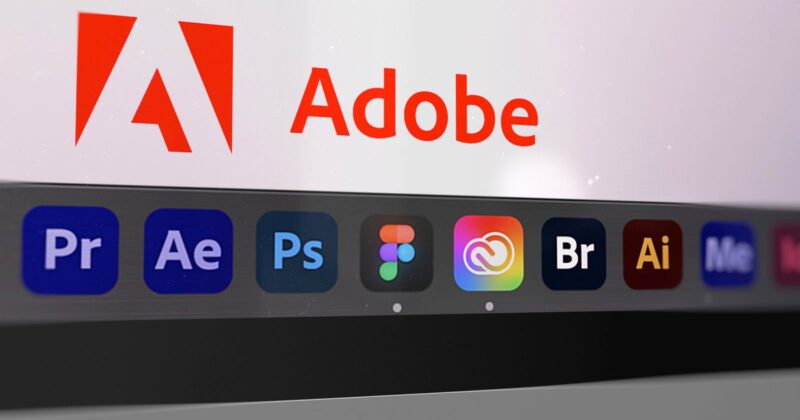A photographer and software developer fed up with paying endless subscription fees has decided to help himself — and his fellow photographers — by building not one, but four free apps.
Panorama Splitter for Instagram
Felix, who runs the YouTube channel FUTC, started with a panorama splitter for Instagram. Anyone who has ever attempted to post a super-wide photo on Instagram knows that it is a pain to split the images up into panels so they can be put into a carousel where users can swipe through.
“Opening up Photoshop for that feels like using an excavator to plant a single flower,” says Felix. “That’s why I built the panel splitter web app.”
The panel splitter app works by dropping in a panorama and it will automatically crop the image to fit into Instagram’s standard aspect ratio.
“You can hit generate slices, which chops your original image into a bunch of little ones,” adds Felix. “It creates one slice with the entire panorama on a white background so you can also post the full picture.”
AI-Generated Lightroom Presets
“Lightroom presets are actually just an XML text file,” explains Felix. “If you take one of these files and open it up, you can see that all of the values from every single slider in the Lightroom interface are just number values in this file.”
So the German computer science student used an AI model to take an input and find a corresponding number value. From there, a file is created that can be imported into Lightroom.
He spent a few days turning the idea into a web app which you can type in a prompt for your preset. For example, ‘Kodak Portra 400,’ and once the file is created it can be imported into Lightroom, which will appear under the user presets tab.
Felix says that not all of the generated presets will be winners, but stresses that it is fun to play around with.
Before and After Photo Edit
An online trend in photography in 2025 is for shooters to show the RAW image along with the edited version. For this, Felix has made a before and after tool which you can upload the RAW and the edit, which are then turned into a “little animation video” that can be shared in a post or a Story.
“I vibe-coded this thing in like two hours,” says Felix. “It doesn’t really work on mobile so I recommend using it on a proper computer.”
Halation App
Halation in film photography is a soft, glowing halo that appears around highlights of an image because the photons penetrate the emulsion, hit the back of the film, and then ricochets onto the back of the red layer.
While it is considered a mistake — many films have an anti-halation layer — some shooters love this look. “The problem is, replicating this effect and tuning it manually in Photoshop for every single image takes forever,” says Felix, who adds that neither Lightroom nor Capture One offers it as a built-in effect.
 An example of halation on a film photo.
An example of halation on a film photo.
So, Felix built a web prototype which he says was very difficult and took two weeks of work. That snowballed into a full-blown app which took seven months to build.
“I don’t think I’m ever making my money back on this app but I’m staying true to my word and didn’t make it a subscription,” says Felix. “You can try it for completely free and then it’s just a one-time purchase of $7.99. Then you own it forever.”
All of the apps that Felix has built are open-source, and he encourages any programmers to go in and fix any of the bugs in the code.
Image credits: Header photo licensed via Depositphotos.

